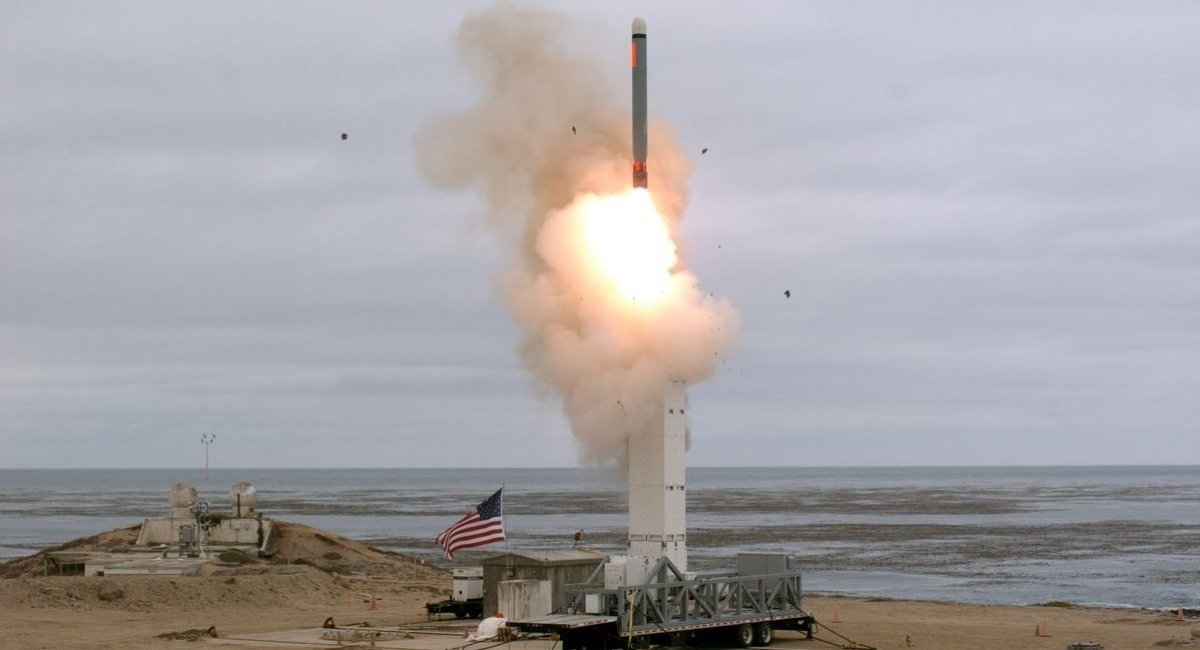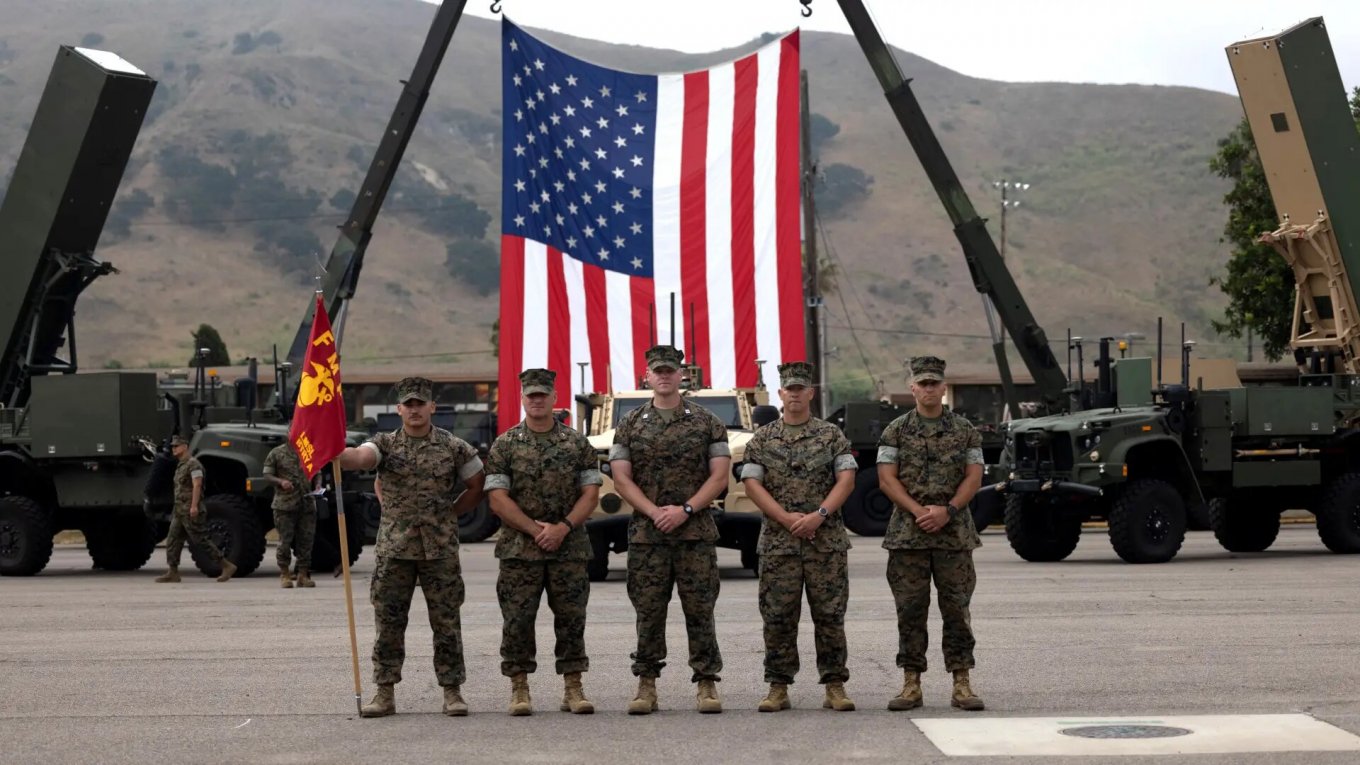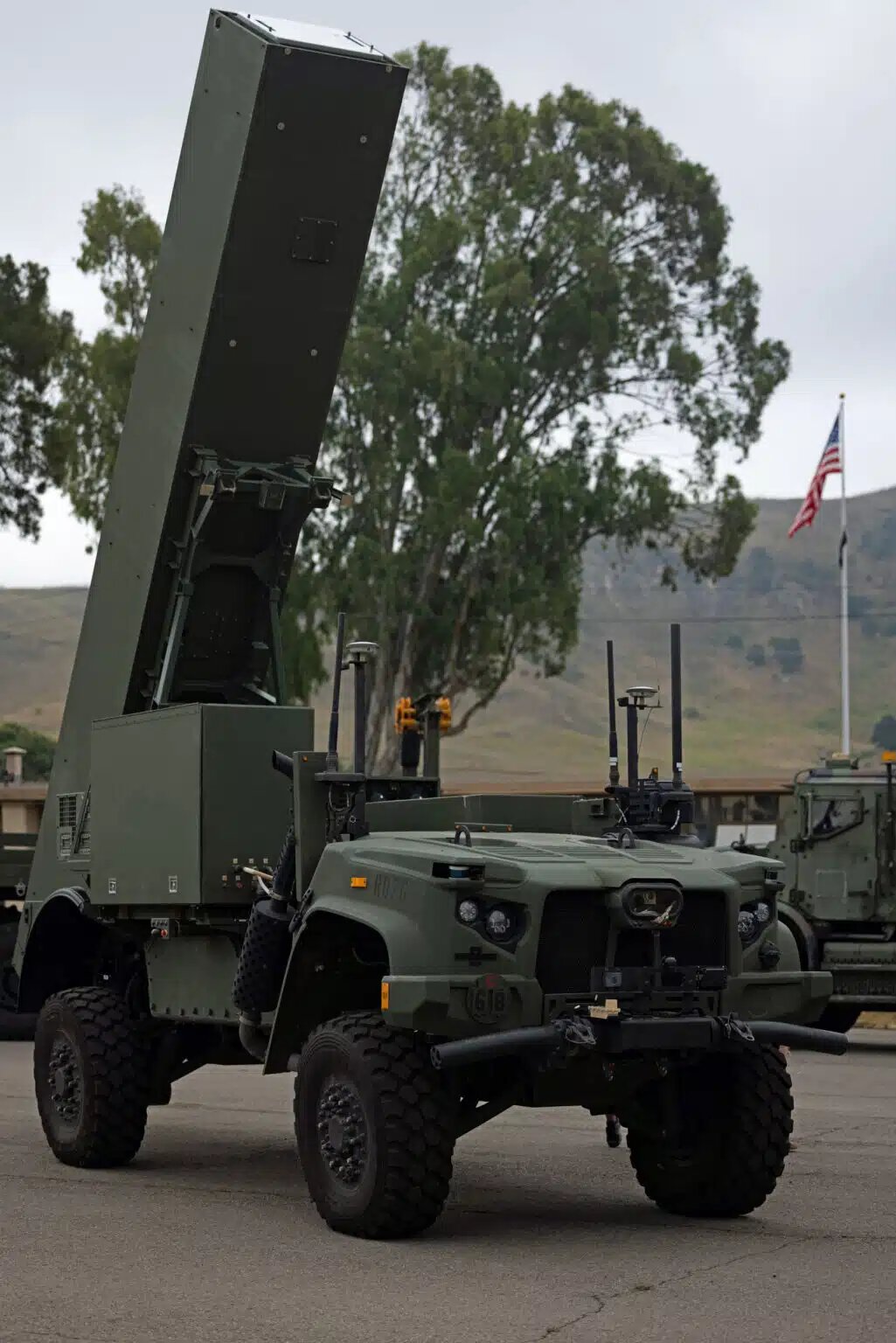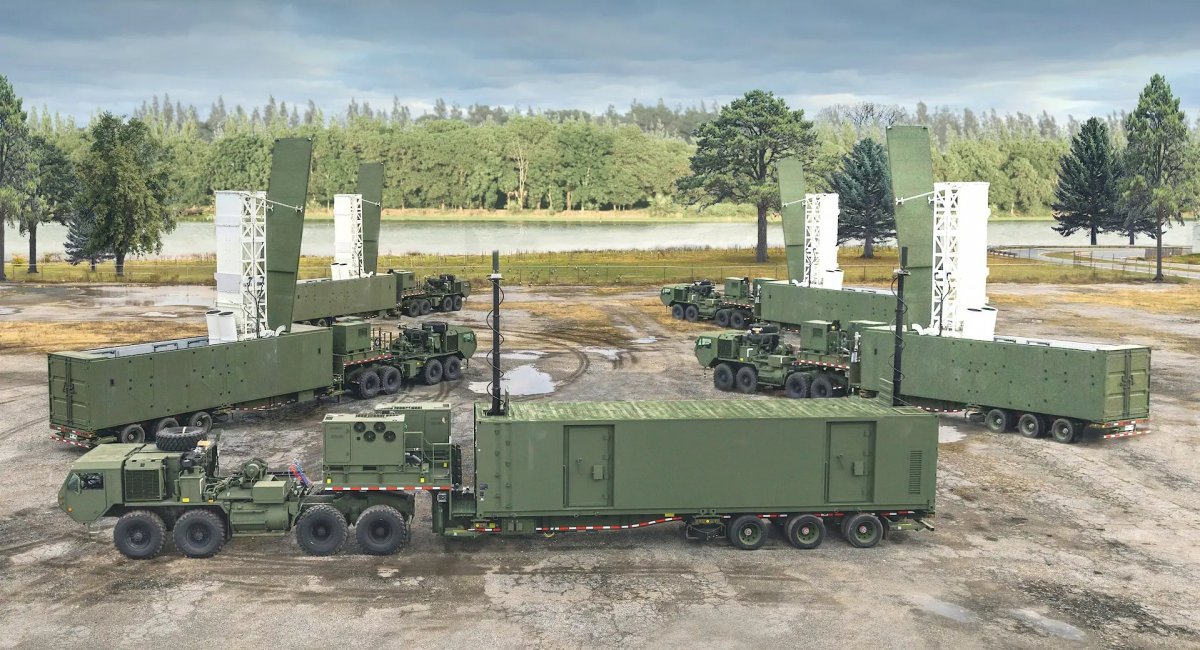
The US has made an “unmanned” installation for Tomahawk from unusual elements
The US military has received a long-range tool by combining an unmanned vehicle and a launcher from a destroyer
At the end of July 2023, the US Marine Corps revealed that it had received a remotely controlled Long Range Fires Launcher (LRFL) for Tomahawk cruise missiles. It was a historic event in some ways, because for the first time in 30 years, the U.S. military received long-range land-based missiles.
This event was unusual in some ways, as the base for the LRFL installation under the Tomahawk was the ROGUE unmanned vehicle based on the JLTV tactical vehicle, which is also used for the NMESIS unmanned launcher for NSM anti-ship missiles.

The Long Range Fires Launcher missile system for the US Marines also attracted attention with its unusual appearance, which raised questions such as “how does it even drive and work?” But until now, there has been no clarity even on the individual functional elements of this unmanned system.
To clarify the details of this development, Naval News asked the USMC command and learned the following interesting points.
The incentive to create an unmanned launcher for the Tomahawk was the success of the NMESIS missile launcher project for the NSM anti-ship missiles, and it was with this logic that the same JLTV-based ROGUE remotely operated vehicle was chosen for both of these systems. The Tomahawk launcher for the Long Range Fires Launcher system was not created separately, but simply took the launcher cell from the Mark 41 universal vertical launcher.

But the caveat is that only Tomahawks can be loaded into this installation, although the “original” Mark 41 ship’s installations can also load SM-6 anti-aircraft missiles into these cells. In fact, this is exactly the scheme used in the Typhon missile systems for the US Army, which can fire both Tomahawk and SM-6 missiles at a ballistic trajectory of 460 km.
Although the LRFL unmanned launcher looks “clumsy,” it is quite transportable and can even be transported by C-130 aircraft. The LVSR transport and reloading vehicle has been created to reload this system, but to transport it, C-17 transporters must be used.

The mysterious units on the ROGUE vehicle turned out to be the equipment that allows remote guidance and launch of Tomahawk missiles from these unmanned systems. But for now, these are all the details that are known about the Long Range Fires Launcher missile system for the US Marines.

